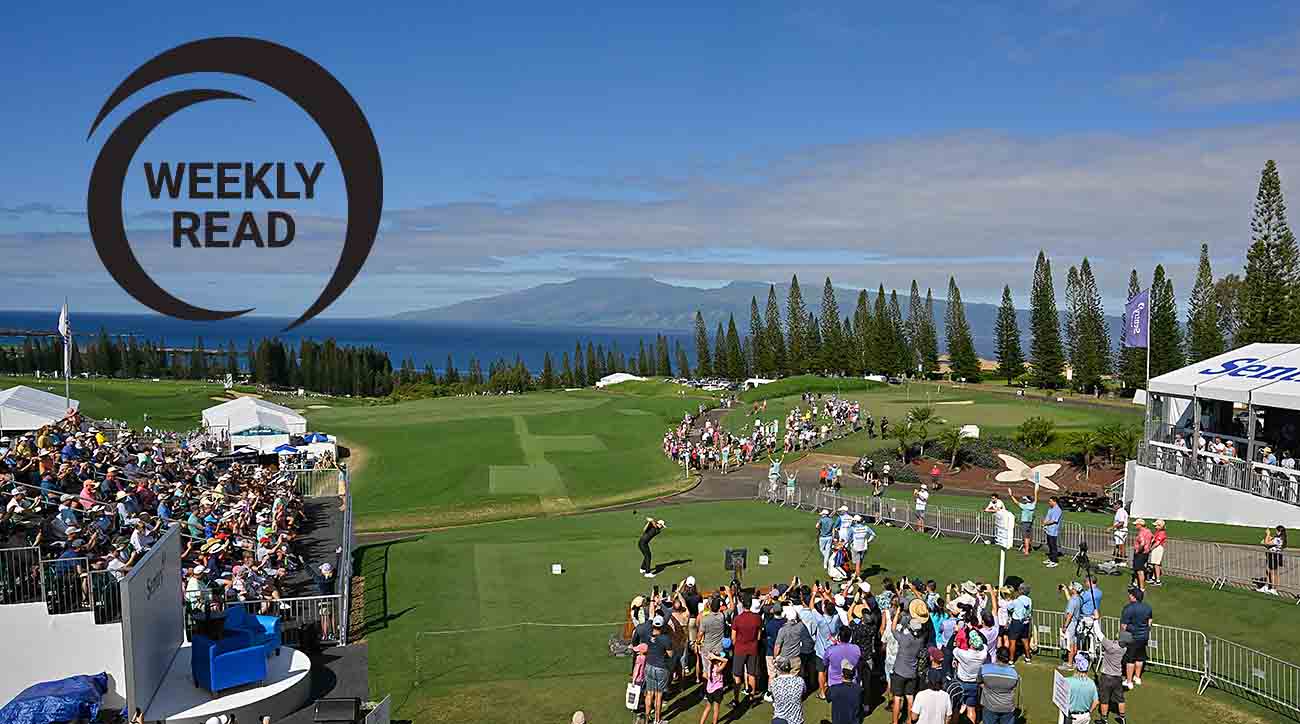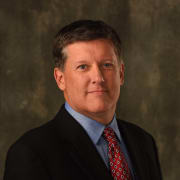The PGA Tour Is Back on a Calendar-Year Schedule, Where It Became Dominant

More Weekly Read: Jon Rahm still needs a LIV team
Golf’s Opening Day is upon or us. Or, more specifically, the PGA Tour’s Opening Day, which is Thursday at Kapalua in Hawaii, where the 2024 season kicks off with the Sentry.
For the first time in a decade, the calendar marks the beginning of the schedule, unlike recent years where a wraparound schedule saw the PGA Tour begin its new season a matter of weeks after concluding the old one at the Tour Championship in Atlanta.
Neither system has afforded the Tour much in the way of fanfare to begin a new season such as you see in other sports that celebrate the first events. The proliferation of golf tournaments around the world has always made it hard to go too long without the game being played somewhere.

But the return to a calendar-year schedule is a reminder of how polarizing the previous system was to those around the world who feel it hurt the ability of local tours such as the European Tour or Australasian Tour to prosper. It kept players in America longer, thus hurting worldwide golf. Or so the theory goes.
"It certainly didn’t help," said Mike Clayton, an Australian who played the European Tour and Australian circuits for years before becoming a course designer. "Before that, all of our better players would wrap up their card for the following season. There wasn’t the pressure to get off to a good start. Most of them came home.
"Jason (Day) never came home, but guys like (Aaron) Baddeley and Greg Chalmers and Cam Davis … a lot of those who play over there (in America) couldn’t and didn’t come back because they needed to get off to a good start (by playing the PGA Tour in the fall). You wanted to make sure you had a job for the following year and you don’t want to show up in Hawaii in the middle of January and you’re nowhere on the money list."
Clayton, 66, who won six times on the PGA Tour of Australasia (in addition to a European Tour win), remembers a different time when it was easier for players to move around the world, given lulls in the various schedules.
Jack Nicklaus used to refer to the Australian Open as the "fifth major" and it routinely would get the likes of Arnold Palmer and Gary Player to compete in the national open, along with other Australian events.
They had endorsement incentives to do so, Clayton acknowledged, but it gave their tour a boost in a way that is not seen today. There would often be as many as 15 events on the schedule which began in the Australian summer and ran into February.
"Europe went longer, too," he said. "Back in the ‘80s, we’d come home from Europe in September, that’s when our tour started. So Europe (the DP World Tour, which has a wraparound schedule now) didn’t help, either."
If you’ve been paying attention since the golf wars began with the creation of the LIV Golf League, a good bit of the noise is coming from outside of the United States. The emotions range from complete disdain for the PGA Tour to simple disappointment; the belief is that the Tour soared at the expense of the rest of the world.
While that is a simplistic view, it does happen to partly explain the almost giddy reaction in some circles to the PGA Tour’s alleged shortcomings as the LIV Golf drama has played out. To some, the PGA Tour is the evil empire, impacting golf around the world, and LIV Golf is there to rescue the game.
Fans of the DP World Tour lament the fact that so many of its best players have left for the PGA Tour. In fact, there is now a system in place for direct access via the top 10 in the Race to Dubai securing PGA Tour cards. Supporters wonder how that is good for European golf.
In a place such as Australia, the situation is even more bleak. The two biggest events, the Australian PGA Championship (won by Min Woo Lee) and the Australian Open (won by Joaquin Niemann) had $2 million (Australian) purses, which is not much more than a Korn Ferry Tour event. Most of the purses are under $500,000. Next week’s tournament, the Heritage Classic, has a $400,000 purse.
"A lot has happened," Clayton said. "The TV landscape changed, the (PGA Tour’s) wraparound season, guys stayed longer in Europe. Greg (Norman) didn’t play any more and nobody replaced him. Adam (Scott) played here, (Geoff) Ogilvy, but none of them were going to replace him. No one was Greg. Greg was Seve (Ballesteros) and Tiger (Woods). You don’t replace those guys. It takes generations. In America, it was Arnold and then Jack then and then Tiger. So the tour here is a shadow of what it was."
Clayton believes that Woods’s rise hurt golf around the world in a way through no fault of his own. It brought more sponsorship and television income to the PGA Tour. That raised purses and allowed the Tour to strengthen. There was no reason, really, for players who made it on the PGA Tour to venture outside.
And that’s not exactly the PGA Tour’s fault. Until the recent shift that is seeing the PGA Tour take care of its stars in a bigger way, it has always been about playing opportunities. The belief was if there was going to be golf anyway, why not have it be a PGA Tour event?
The Tour did make attempts to branch outside its American shores. It has played annually in Canada and Mexico and looked to venture in Asia with a swing of three events including a World Golf Championships event.
And the original concept for the WGCs was to see them move around the world, something that didn’t hold. Events that were played in places such as Australia or England or Japan eventually settled to become locked at U.S. venues. "Where is the World in WGC?" became a common refrain and it understandably angered those outside of the U.S. But in the PGA Tour’s defense, it went where the sponsorship money and television interest was the greatest.
LIV Golf is seeing far more support outside of the United States for some of those reasons. In America we take it for granted, but other spots around the world don’t get to see Brooks Koepka and Bryson DeChambeau and Cam Smith. In Australia, the Adelaide event was a rousing success that saw state funding and give LIV one of its few events with considerable income.
Clayton acknowledged its popularity in his country. "LIV was massive," he said. "It’s a party and it wasn’t a normal golf crowd, which is really what they sell. It was much different from any other tournament ever in Australia. They could run a LIV event in every state in Australia and have the same reaction. They could have five events and have massive crowds, which begs the question, why don’t they?"
Well, Dustin Johnson and a few others might not be on board with the idea of spending a month in Australia.
But the point is there is a market for golf around the world, one that is often not considered domestically, where we have an abundance of golf riches.
As the "framework agreement" is still being worked out between the PGA Tour, DP World Tour and Public Investment Fund, it is unclear how it might look. There are a lot of pieces to fit into what would ultimately be a new product.
"If we can create a perfect golf calendar, what would it look like?" Rory McIlroy said at his season-ending event in Dubai. "And I don’t think it would like it looks right now. I think there would be changes made."
